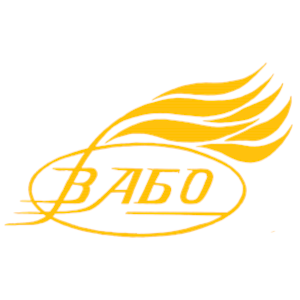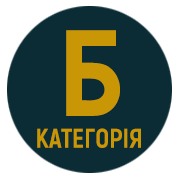DESIGNING THE CONTENT OF FOREIGN LANGUAGE TEACHING OF FUTURE PRIMARY SCHOOL TEACHERS IN THE CONTEXT OF CHANGES IN THE EDUCATION SYSTEM (SECOND HALF OF 20TH – BEGINNING OF 21ST CENTURY)
DOI:
https://doi.org/10.32782/academ-ped.psyh-2025-2.30Keywords:
foreign language teaching, teachers, primary school, content, education, foreign language speech activityAbstract
The purpose of this article is to examine the content of foreign language training for future primary school teachers in the context of changes in the Ukrainian education system in the second half of the 20th – early 21st century. The research methodology is based on the study and analysis of the components that determined the content of foreign language education, the study of socio-pedagogical phenomena, the views of scientists on the implementation of foreign language teaching in higher education, and the characteristics of foreign language teaching experience in higher education institutions at different stages of the period under study. The construction of the content of foreign language teaching for future primary school teachers is analyzed in the context of changes in the higher education system of Ukraine (during the Soviet period and the period of independence). The scientific novelty lies in the fact that, using the method of analysis of scientific literature and the results of historical and methodological research, an analysis of the foreign language training of future primary school teachers was carried out with an analysis of the content. Conclusions. To ensure a comprehensive approach to foreign language teaching, it is necessary to form elements of pedagogical support, which is a direct task of the higher pedagogical education system. For future primary school teachers, an important feature of training is a focus on the integration of the educational format of pedagogical activity. The use of theoretical knowledge and methodological tools ensures not only the consistency of pedagogical skills, but also the ability to increase the functional level of educational activity through the use of innovative tools, which forms the dynamism and flexibility of the professional matrix of competencies of a primary school teacher. The concept of language policy regarding foreign language teaching boils down to two key characteristics: purpose and value. Foreign languages are, in fact, a cross- section that determines the level of socio-cultural development dynamics. The demand for foreign language learning indicates the integration potential of a state or community, so language policy is a continuation of socio-cultural demand.
References
Биць Н. Лекції з методики навчання іноземної мови. Львів, 2019. 55 с. URL: https://pedcollege.lnu.edu.ua/wp-content/uploads/2020/10/lektsii-z-metodyky-navchannia-inozemnoi-movy.pdf (дата звернення: 17.06.2025).
Кадикова Н., Петренко-Агді О. Оптимізація форм і методів навчання іноземних мов у педагогічному університеті. Підготовка вчителя іноземної мови (англійської) для Нової української школи. 2018. С. 204–250.
Карловська Г. Основні етапи розвитку методики викладання іноземних мов у вищій школі (1975–2000 рр.). Психолого-педагогічні проблеми сільської школи. 2006. № 15. С. 157–166.
Мартинова Р. Розвиток методики навчання іноземних мов у дослідженнях зарубіжних учених. Український педагогічний журнал. 2023. № 4. С. 104–114.
Терлецька Л.М. Іншомовна підготовка майбутнього педагога як чинник підвищення його конкурентоспроможності. Інноваційна педагогіка. 2021. Вип. № 36. С. 199–203.
Панченко В. Організація контролю навчальної діяльності майбутніх учителів іноземних мов у вищих педагогічних навчальних закладах України (кінець ХХ – початок ХХІ ст.) : дис. … канд. пед. наук : 13.00.01. Старобільськ, 2019. 360 с.
Larsen-Freeman D., Anderson M. Techniques and Principles in Language Teaching (3rd edition). Oxford University Press. 2011. 318 с.
Sydorenko N., Denysenko V., Grytsenko I., N Borysenko, Terletska L. Methodological foundations for the formation of professional qualities in primary school teachers. Revista Eduweb. 2023. № 17 (2). Р. 116–125.









